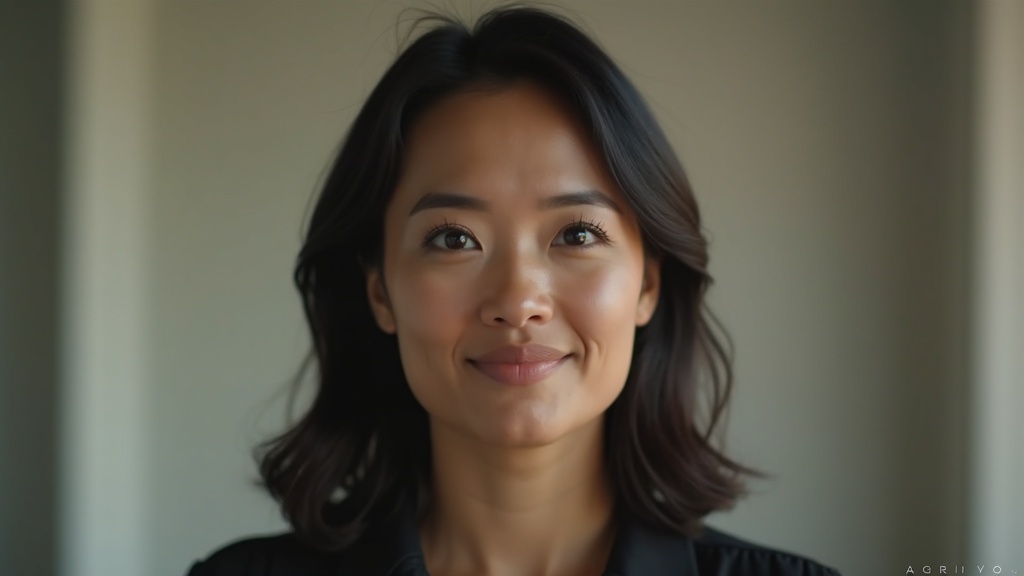Build a Standout Event Press Kit with AI Portraits and Micro-Videos

This image was created in the BlendMe.ai app.
First impressions at events are visual. Whether you're pitching a panel, booking speaking gigs, or sending a media one-sheet, polished headshots and short introduction videos shape whether organizers, media, and attendees notice you. Tools like BlendMe.ai (https://blendme.ai) let you generate and refine professional portraits and micro-videos quickly — ideal when timelines are tight and the stakes are high.
Why visuals matter for speakers and creators
Organizers and journalists scan dozens of bios and images when programming an event or writing a feature. Profiles with high-quality photos stand out: LinkedIn research has long shown profiles with photos receive far more profile views and messages. Videos and animated thumbnails add an extra layer of trust and memorability — a 6–15 second micro-intro can convert a skim into an invite.
For PR teams and independent creators, a compact press kit with multiple image styles and a short micro-video does three things:
- Signals professionalism and preparedness.
- Makes it easy for organizers to feature you in promos, social posts, and on-stage slides.
- Gives media outlets ready-to-publish assets that save time and reduce back-and-forth.
Essential assets for a modern event press kit
A streamlined press kit should include:
- Primary headshot (portrait, neutral background) in high-resolution (3000 px on the long edge)
- Secondary lifestyle shot (candid, seated, or action shot) for social use
- Branded crop (square and 16:9) for social banners and thumbnails
- One-sheet PDF with bio, topics, and contact details
- 6–15 second micro-video intro with a subtle animation or title card
Creating every one of these assets via traditional photoshoots can be costly and slow. AI portrait and image-to-video tools speed up the process while keeping consistent style across assets.
How AI portraits and image-to-video change the workflow
Practical workflow using AI:
- Collect 10–20 clear, varied photos that show your face in different lighting and outfits.
- Train a personalized AI model (this takes minutes with many modern platforms).
- Generate a set of portraits in multiple styles: formal, relaxed, creative.
- Use built-in editing to retouch, change backgrounds, or create branded crops.
- Convert chosen stills into short micro-videos or animated thumbnails for promos.
This pipeline produces a cohesive visual suite: same person, consistent look, multiple formats.
Why this matters for press kits: you avoid inconsistent imagery (different shoots, phones, and filters) and get asset variants sized for speakers pages, social promo posts, and media outlets.
Real scenarios: how organizers and creators use these assets
- Conference speaker: Upload a formal headshot for the event page, a candid lifestyle image for social promotion, and a 10s micro-video for the event loop between talks.
- Podcast guest: Provide a square social image, a 16:9 banner for episode pages, and a short animated intro that can be embedded in audiograms.
- Festival panelist: Supply themed portraits (e.g., moody or creative lighting) for festival posters and a dynamic micro-clip for Instagram Reels.
Each asset answers a specific need — and together they make it effortless for partners to promote you.
Practical tips for building a press kit that converts
- Start with a purpose: choose three primary contexts (speaker page, social promo, media kit) and create one tailored asset for each.
- Keep resolution high: deliver at least one print-ready file (300 DPI) and web-optimized variants (72–150 DPI) to avoid back-and-forth with media teams.
- Vary composition: supply head-and-shoulders, waist-up, and one environmental shot so designers have layout options.
- Match color and mood: pick a palette and apply consistent background or color grading across portraits to reinforce your brand.
- Prioritize thumbnails: test micro-video thumbnails at small sizes — faces should remain legible at 120–200 px wide.
- Provide usage notes: include filename conventions and suggested captions to make adoption by PR teams frictionless.
Privacy and control
When you create an AI-based press kit, check how the platform handles your photos. Opt for services that process images securely and keep data contained to your model. This protects your likeness and reassures event partners when they republish your assets.
Putting BlendMe.ai to work (real-world fit)
BlendMe.ai is built for this exact use case: train a personalized model from a handful of photos, generate unlimited high-resolution portraits in minutes, and convert stills to short videos for promos or speaker intros. The platform's editing tools let you retouch, change backgrounds, and create platform-specific crops without juggling multiple apps. For busy speakers or PR teams, that means a complete, cohesive press kit ready to send in an afternoon instead of weeks.
Press-ready checklist (quick)
- Primary headshot (3000 px long edge)
- Square and 16:9 crops
- Lifestyle/environmental shot
- 6–15s micro-video intro
- One-sheet PDF with bio and contact info
- Usage notes and suggested captions
Next step: Stand out before you step on stage
A modern press kit is a small set of high-quality, consistent assets that make it easy for event organizers and media to showcase you. Use AI portraits, smart edits, and short micro-videos to build that set faster and with professional polish. When your visuals are ready, your message gets heard — and your next invite is more likely to follow.
Ready for your close-up? Download the app and start building your event press kit today.